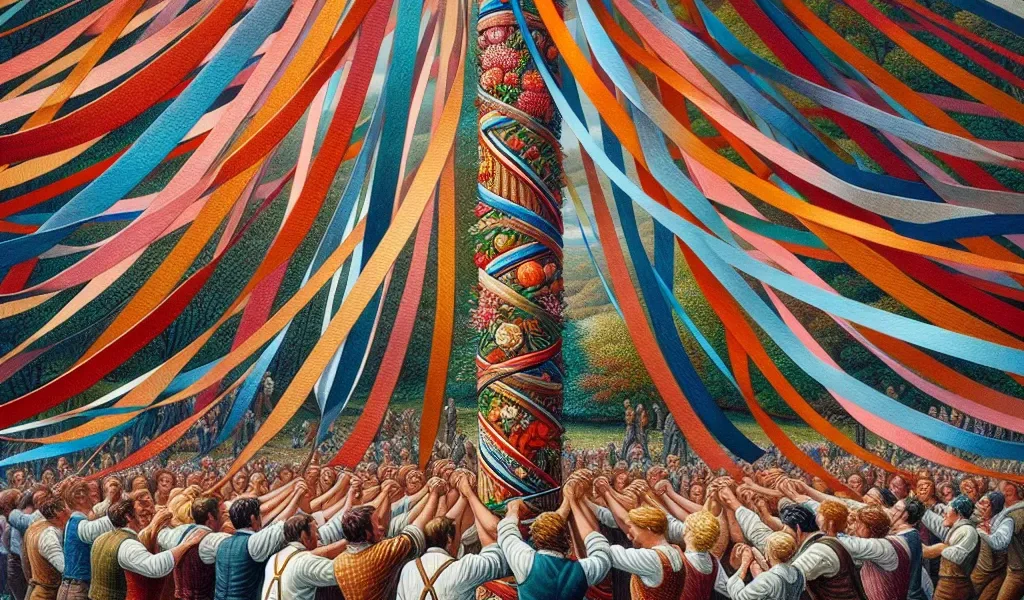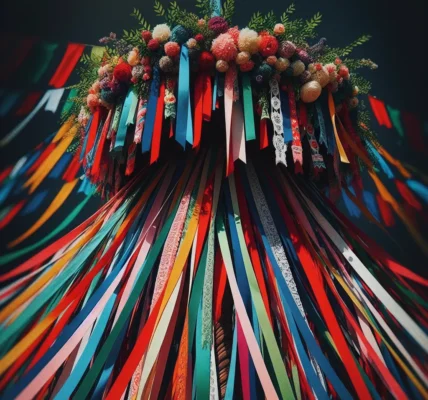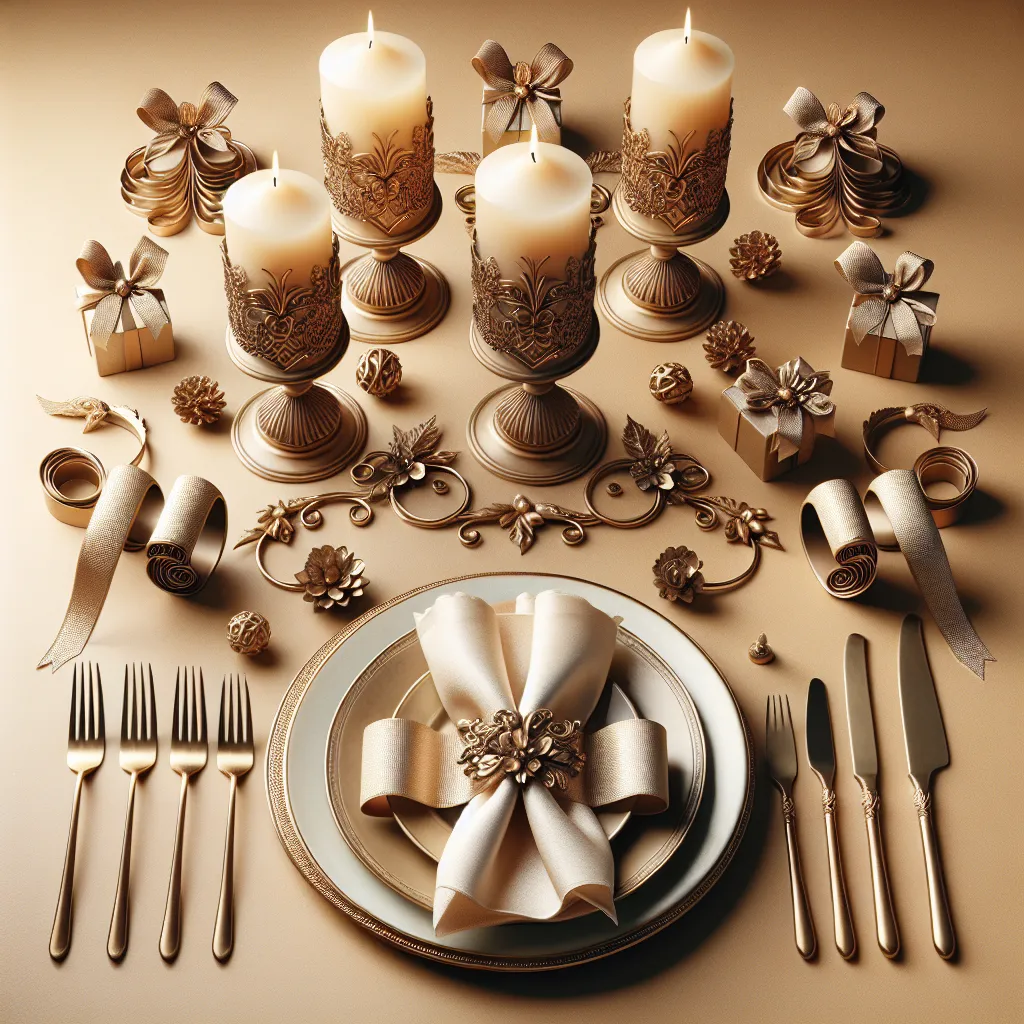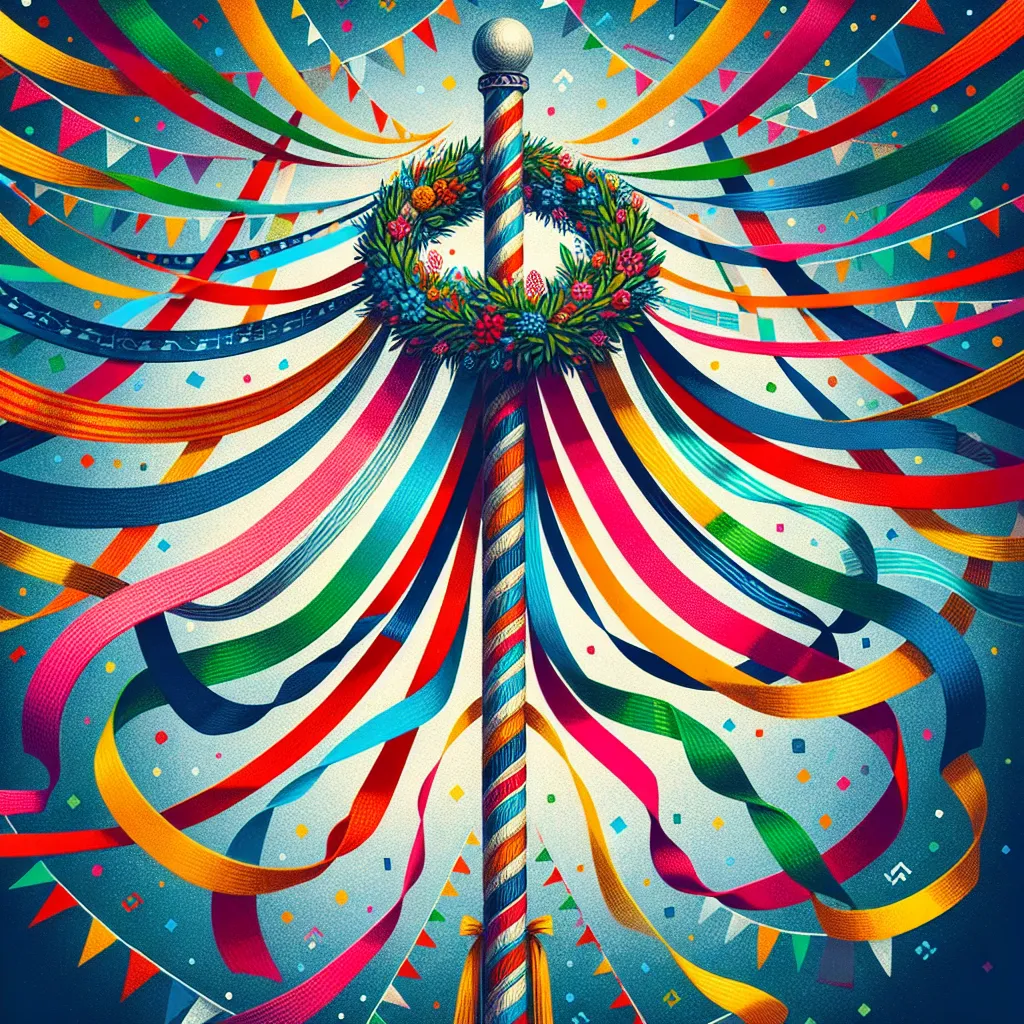The Origins of Festive Ribbons in Ancient Civilizations
Festive ribbons have a long and rich history that dates back to ancient civilizations. The use of ribbons in celebrations and rituals can be traced to various cultures, where they held deep symbolic meanings and cultural significance. In ancient China, ribbons were used in religious ceremonies to ward off evil spirits and bring good fortune. The vibrant colors of the ribbons symbolized joy, prosperity, and harmony.
In ancient Egypt, ribbons were woven into intricate patterns and worn as adornments during festivals and religious ceremonies. The Egyptians believed that the ribbons had protective powers and could bring blessings from the gods. The use of festive ribbons in ancient Egypt was a testament to the importance of symbolism and ritual in their culture.
The ancient Greeks also incorporated ribbons into their festivities, using them to decorate gifts, garments, and ceremonial items. The ribbons were often adorned with symbols and patterns representing various gods, making them an integral part of religious and cultural celebrations.
Across different ancient civilizations, festive ribbons served as a visual representation of cultural beliefs, customs, and traditions. Their use in ceremonies, rituals, and festivities highlights the universal significance of these colorful adornments in human history.
Festive Ribbon Symbolism in Religious Ceremonies
Throughout history, festive ribbons have been deeply intertwined with religious ceremonies in various cultures, symbolizing a wide array of spiritual and symbolic meanings. In Christianity, for example, the use of festive ribbons is often associated with the celebration of significant religious events such as Easter and Christmas. Red ribbons are commonly used to symbolize the blood of Christ and the sacrifice he made, while white ribbons represent purity and the resurrection.
In Hinduism, festive ribbons, known as “mouli” or “kalava,” play a significant role in religious ceremonies such as weddings and religious rituals. The red mouli is considered auspicious and is tied around the wrist during religious ceremonies to seek the blessings of the gods and goddesses. The color red symbolizes fertility, love, and prosperity in Hindu culture.
In Buddhism, colorful ribbons are often used in religious rituals and ceremonies, where they symbolize the interconnectedness of all beings and the cycle of birth, death, and rebirth. The act of tying ribbons around sacred trees or statues is a common practice, representing prayers for good fortune, health, and happiness.
Similarly, in many other religious traditions such as Islam, Sikhism, and Indigenous spiritual practices, festive ribbons hold symbolic significance, representing devotion, blessings, protection, and spiritual interconnectedness.
Overall, the use of festive ribbons in religious ceremonies transcends cultural and geographical boundaries, serving as powerful symbols of faith, unity, and reverence in various spiritual practices around the world.
Cross-Cultural Perspectives on Festive Ribbon Traditions
When it comes to festive celebrations around the world, the use of ribbons as decorative elements is a tradition that transcends cultural boundaries. The history of festive ribbons dates back centuries and holds significant symbolism in different cultures. Cross-cultural perspectives on festive ribbon traditions reveal fascinating insights into the universal appeal and diverse meanings associated with this decorative material.
In many Western cultures, festive ribbons are commonly linked to gift-giving and are often used to adorn presents during special occasions such as Christmas, birthdays, and weddings. The act of carefully wrapping gifts with colorful ribbons conveys a sense of thoughtfulness and adds an extra layer of beauty to the presents. Additionally, ribbons have been used in various ceremonial practices, from adorning maypoles in European folk traditions to symbolizing achievement and recognition in American culture.
Similarly, in Asian cultures, festive ribbons hold symbolic significance in a wide range of traditions and celebrations. In Japan, the art of gift-wrapping, known as “origata,” involves using decorative ribbons to create intricate and aesthetically pleasing presentations. The use of auspicious colors and patterns in these ribbons is thought to bring good fortune to both the gift-giver and the recipient. Moreover, ribbons play a prominent role in traditional Chinese festivals, where they are used to decorate temples, homes, and ceremonial offerings as a symbol of prosperity and joy.
Across Africa, vibrant and intricately designed ribbons are incorporated into various cultural ceremonies and rites of passage. From elaborate headdresses adorned with colorful ribbons in Nigerian traditional weddings to the use of decorative ribbons in spiritual rituals and community gatherings, the presence of ribbons underscores the importance of beauty and symbolism in these cultural contexts.
As we examine festive ribbon traditions from a cross-cultural perspective, it becomes evident that these decorative elements serve as powerful conduits for expressing emotions, conveying good wishes, and honoring age-old customs. The significance of festive ribbons in different cultures underscores their enduring appeal and the universal language of beauty and symbolism they speak.
Evolution of Festive Ribbons in Modern Celebrations
In modern celebrations, festive ribbons have evolved to play a significant role in various cultural and social gatherings. The history of festive ribbons dates back to ancient civilizations, where they were used in religious ceremonies, festivals, and ceremonies to symbolize different aspects of life. Over time, the significance of festive ribbons has evolved, and they are now commonly used in a wide range of celebrations and events.
One of the most notable aspects of the evolution of festive ribbons is the variety of colors and patterns used in different cultures. In Western cultures, red and green ribbons are commonly associated with Christmas, symbolizing joy, love, and the festive spirit. In contrast, in Chinese culture, red is a prominent color for festive ribbons, symbolizing good luck, prosperity, and happiness.
Furthermore, the use of festive ribbons has expanded beyond traditional ceremonies and religious events to include modern occasions such as birthdays, weddings, and graduations. This evolution reflects the adaptability of festive ribbons to contemporary customs and the enduring symbolism they hold across diverse cultural traditions.
The incorporation of festive ribbons into modern celebrations serves as a testament to the enduring cultural significance and symbolism of this age-old tradition. As societies continue to evolve, the use of festive ribbons will likely persist as a timeless symbol of joy, unity, and celebration across different cultures and traditions.




